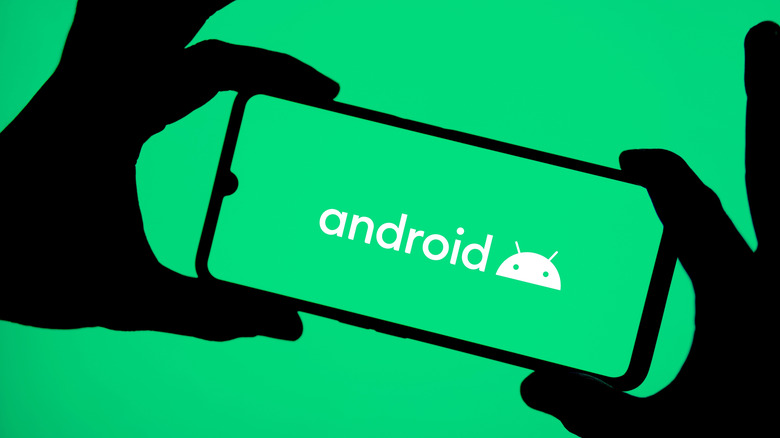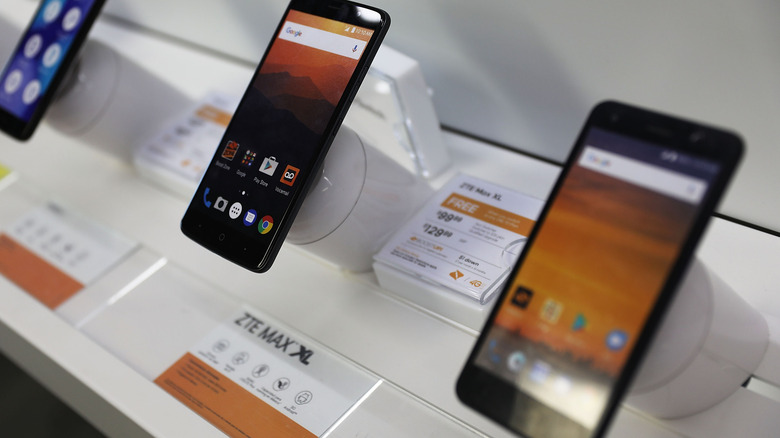Spend a few minutes browsing Amazon, Best Buy, Verizon, or T-Mobile, and you’ll find a host of Android phone options ranging from expensive to pretty darn cheap. You can also find generic Android phones available through both traditional and prepaid carriers, which often have low-cost options for shoppers on a budget. If you’re not well-versed in the latest phones and tech, this can make things confusing. The first thing to know is that Android devices are manufactured and sold by many brands. Samsung, Motorola, Google, Huawei, Xiaomi, OnePlus, and even companies like Asus all offer Android-based phones.
Looking at the iPhone 17 versus iPhone 16 price guide, you can see that Apple iPhones fit nicely into specific price buckets. Sure, the prices may vary slightly from wireless carrier to wireless carrier, but not in the same way that they do with Android devices. If you actually stop and compare the prices, they can vary wildly. The Samsung Galaxy S25 Ultra is $1,300 before any credits or discounts are applied. There’s a stark price difference when comparing that to something like the $300 Motorola Moto G Power 2025. But, there’s also a big trade-off in both features and specifications, which is why they have such different costs, and why some Android phones cost way less.
Why Android phone prices vary so much
There are many reasons why pricing may differ between devices, including the hardware, design, and even the brand itself. The Moto G Power and the Samsung Galaxy S25 Ultra are in two completely different performance and experience categories. The Galaxy S25 Ultra has more RAM, a better processor, more storage, and a unique design. That’s before you consider anything else, like the camera quality, software, and extra features — like the S25 Ultra’s included S-Pen stylus. Yes, comparing these two devices is probably a bad idea, because they’re at opposite ends of the cost and performance spectrum, but that also helps illustrate why Android phone prices vary so much.
When you buy a cheap Android device, you’re sacrificing power, performance, and sometimes usability to get that lower price. These features and hardware changes can impact the user experience negatively. Budget Android phones usually don’t have high-quality front or rear cameras. They also tend to use older or less powerful processors, have less RAM, and might not include some bells and whistles that other manufacturers put into the experience. Samsung Galaxy devices use a re-skinned or modified version of Android running what’s called OneUI. The custom software not only includes new and exciting features but also exclusive apps that Samsung owners can use on their devices.
The dangers of going too cheap with Android phones
If you need to save money or prefer not to own an expensive device, there’s nothing wrong with choosing one of the cheaper options. It’s still best to stick with brands you know, like Samsung or Motorola. The problem with going too cheap is that you may know next to nothing about generic manufacturers. These generic brands lack a reputation that you can trust, and there have been cases where cheap Android phones from China were busted for hiding malware.
Moreover, data privacy is also a concern when you don’t know what the phones are doing behind the scenes, or what some of the pre-installed apps are up to. In fact, the money made from data harvesting is one way these brands can offer the phones so cheaply. They load the phones with third-party data apps, spyware, and malware that collect information like IMEI numbers, MAC addresses, SMS history, call data, GPS coordinates, contact numbers, and much more. That information is shared or sold, including sensitive details, to the highest bidder. OnePlus, Oppo, Realme, and Xiaomi are some examples of brands that harvest data. Sometimes it’s best to go with the devil you know, even if big phone manufacturers are still collecting data.



